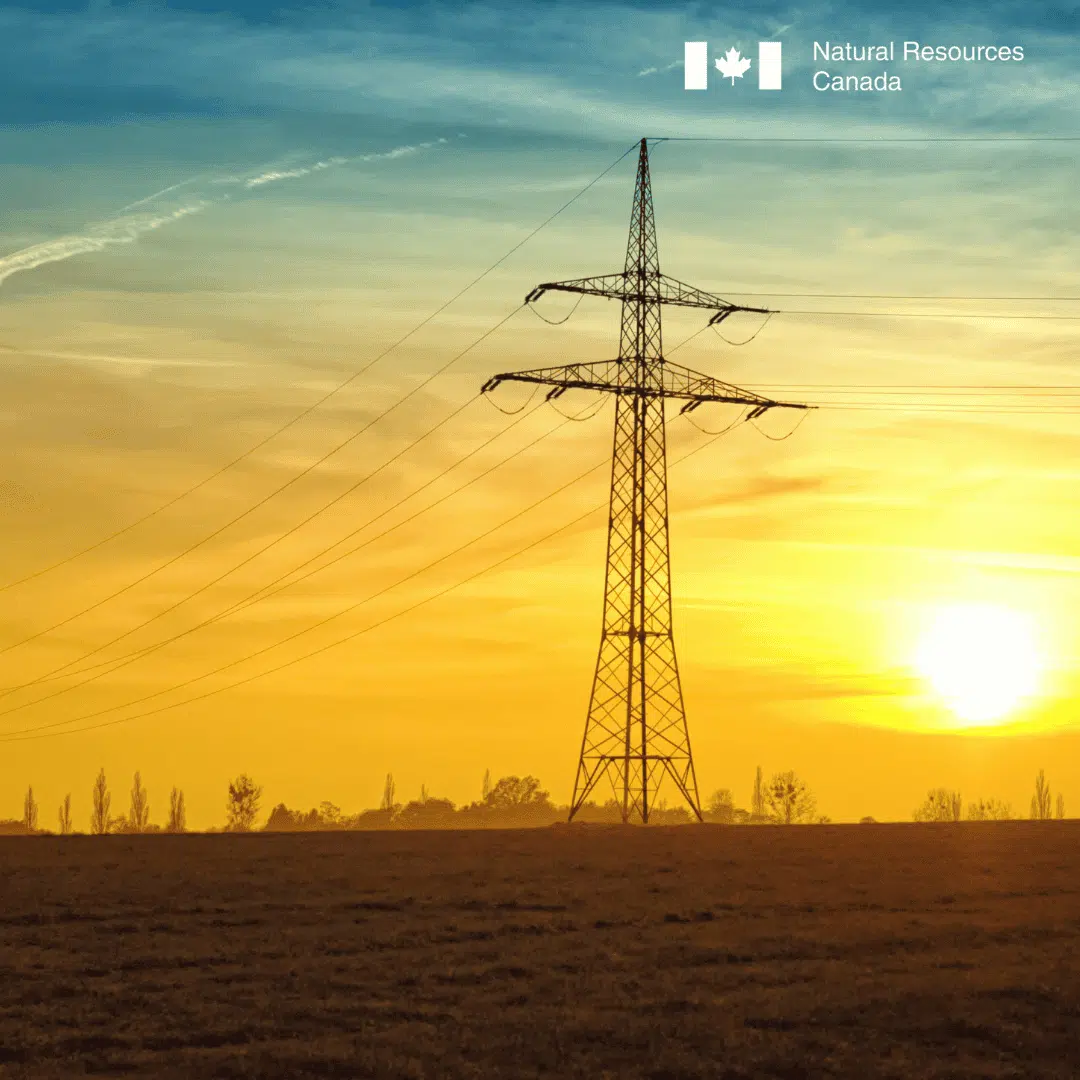Quick Facts
- Expansion of Broadband Internet coverage is a high priority for CRTC, who has established a Broadband Fund providing $750 Million over 5 years to upgrade broadband internet access in remote regions of Canada. As a result, broadband infrastructure and coverage is undergoing rapid change. This further exacerbated the underlying requirement for timely reporting on coverage networks.
- CRTC’s geospatial data validation process was accelerated dramatically through this project. Due to processing backlogs, CRTC’s data release for 2020 was produced 8 months late. After leveraging Alteryx to automate their data transformation and validation processes, the same data release for 2021 was produced 2 months early.
- Bronson’s solution included a wide variety of Alteryx tools, including use of Analytic Apps, Macros, Geospatial Tools, and Calgary data file types to expedite processing times for large and complex data files.

Project Description
Automation of geospatial data processing and quality assurance review for The Canadian Radio-television and Telecommunications Commission.
Business Challenge
CRTC broadband facilities survey processing requires validation and blending of multiple large and complex geospatial files and data types submitted annually by Internet Service Providers (ISPs) containing details of current coverage areas. Non-homogenous reporting formats for ISPs required extensive manual processing, analysis and review by CRTC Analysts. Processing backlogs were becoming increasingly lengthy and problematic, impeding CRTC’s ability to produce timely reports. Expansion of high-speed internet service was identified as a governmental priority and, consequently, addressing these backlogs was considered a critical issue.
Our Solution and Outcome
Bronson introduced Alteryx into the CRTC environment and created a series of workflows to automate validation of key Quality Assurance aspects in ISP survey responses. Workflows were developed to automate tabular data analysis and validation based on a series of business rules and requirements provided by CRTC.
For geospatial data, workflows were constructed to generate an automated trend analysis, comparing current and historical service areas and ensure that reported results were consistent and logical within the context of previously known details. These workflows also automatically flag invalid geospatial coordinates which would place facilities in waterways or other infeasible locations.
Multiple workflows were generated to accommodate differences in data formats and file types being provided by ISPs. Workflows automatically identify inconsistencies and irregularities to be subject to further analysis and review by CRTC analysts and ISP representatives. As a result of the Alteryx workflows introduced by Bronson, backlogs in survey processing and validation were completely eliminated.

Natural Resources Canada: Visualizing Location-Based Energy Insights with Geospatial Analytics (Environics PRIZM)

Powering Cloud-Driven Data Modernization for Farm Credit Canada

Accelerating Research Innovation for Forsta Varme with Enterprise Data Strategy

Data Maturity Assessment for the Association of Faculties of Medicine of Canada

